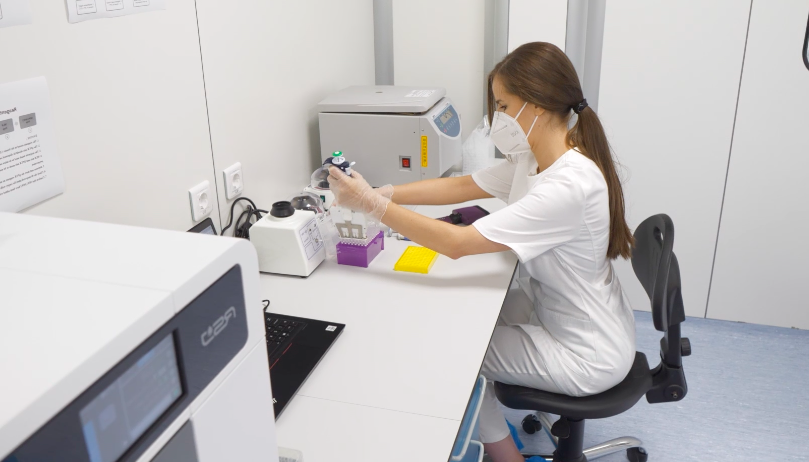02:15

Fears are rising in Serbia over a second COVID-19 spike that is more prevalent in those between 25 and 60 and is putting the health service under severe pressure.
The public are following the virus restrictions and wearing face masks despite the oppressive heat, but the number of cases continues to rise.
Day after day, at 3 p.m., a grim report about the latest number of those infected who died from COVID-19 is published by the Serbian authorities. And for weeks, those numbers have been worryingly high.
Serbia, a country of just under seven million people, has had between 300 and 450 newly infected patients every day, and it is happening after a brief lull, which lasted until the beginning of July.
This new crisis has put unprecedented pressure on the country's medical system over the past month.
The south of the country has experienced a sharp rise in new cases but unlike when the outbreak began in March, people there are much more vigilant now.
Using the southern town of Niš as an example, it was 36 degrees Celsius, but people were still wearing face masks as the fear of catching the virus is greater than the discomfort of the restrictive gear.

Serbia has reported up to 450 new cases a day in a worrying spike. /CGTN
Serbia has reported up to 450 new cases a day in a worrying spike. /CGTN
Is it a second wave of COVID-19?
Local experts can't agree whether this is the second peak of the first wave or the beginning of a second strain of the disease. Branislav Tiodorović of the government's Crisis Management Team, is among many who say the data show there has been a change.
"More younger people are infected in this second peak," he told CGTN Europe. "Their illness is much more serious than before. Initially, it was believed that young people were protected from the worst of this disease.
"We paid more attention to the elderly during the first peak, but today, we find ourselves in a situation where 60 to 70 percent of those infected are between 25 and 60 years of age."
Serbian authorities are working to resolve the strain on the country's medical system. New hospitals need to be built, particularly ahead of the possible crossover with seasonal influenza when the summer is over.
"Many are afraid of what the fall will bring. We will ask for, and I'm confident we'll be among the first to receive, a vaccine," said Aleksandar Vučić, Serbia's president.
"We, I know for sure, won't be at the end of the line. In the meantime, we need to prepare for all possibilities to ensure our people are treated properly, so we are not taken by surprise by a sudden rise in infections."
The president was speaking at the opening ceremony for the construction of the new COVID-19 hospital on Belgrade's outskirts. The $30 million project will facilitate more than 1,000 intensive and semi-intensive care units. And the hospital plans to be ready for its first intake of patients four months from now. Just in time for whatever the fall may bring.
Check out our new six-part podcast series Notes on a Pandemic as CGTN Europe finds out how business, science and people have risen to the challenge of COVID-19.